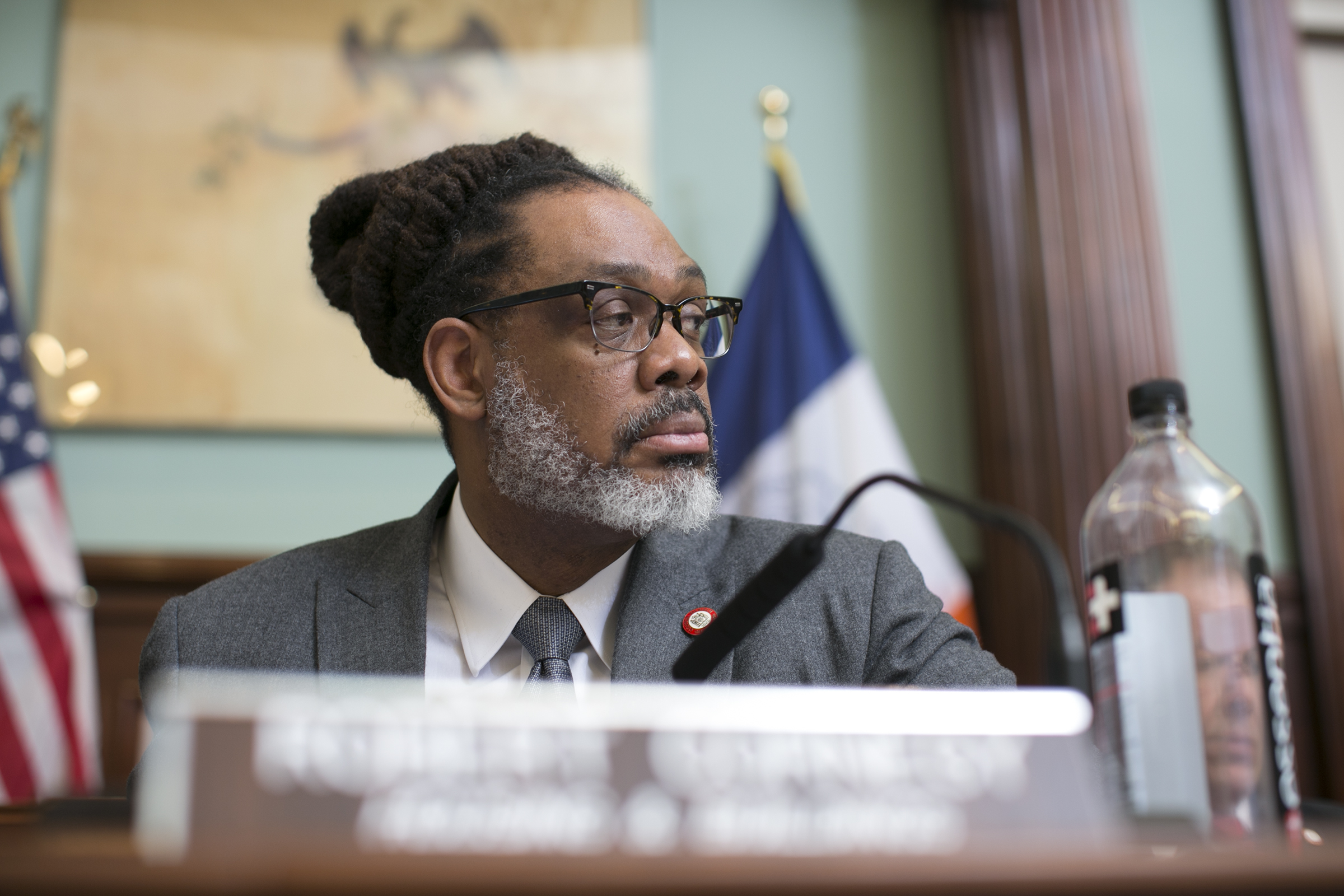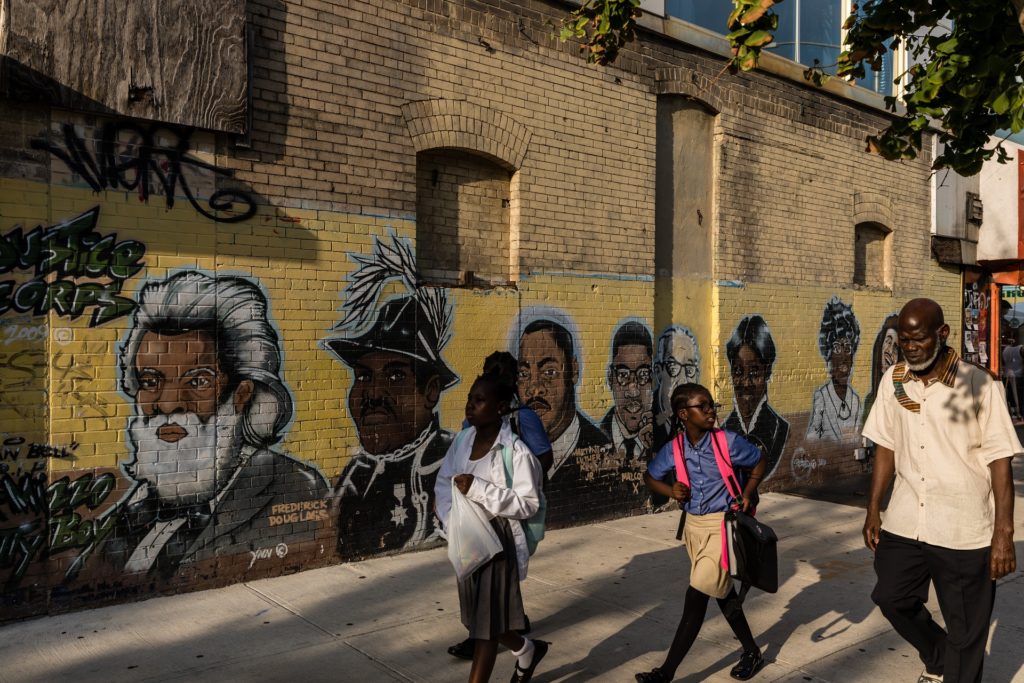OPINION: The Brooklyn jail is falling apart, with my people inside

Councilmember Robert Cornegy. Photo by William Alatriste/New York City Council
For years, before running for office or representing District 36, I worked on Rikers Island in the Department of Social Services.
I remember fighting for access to the housing units, and trying to get out of my office and provide direct support to people who were incarcerated. Years later, I hear the stories of the nightmare that people in detention still face in any of the 12 jails that currently exist in this city.
Among the most decrepit facilities is the Brooklyn Detention Complex. Many of my constituents have experienced the inside of that place – whether they were detained or visiting loved ones inside.
